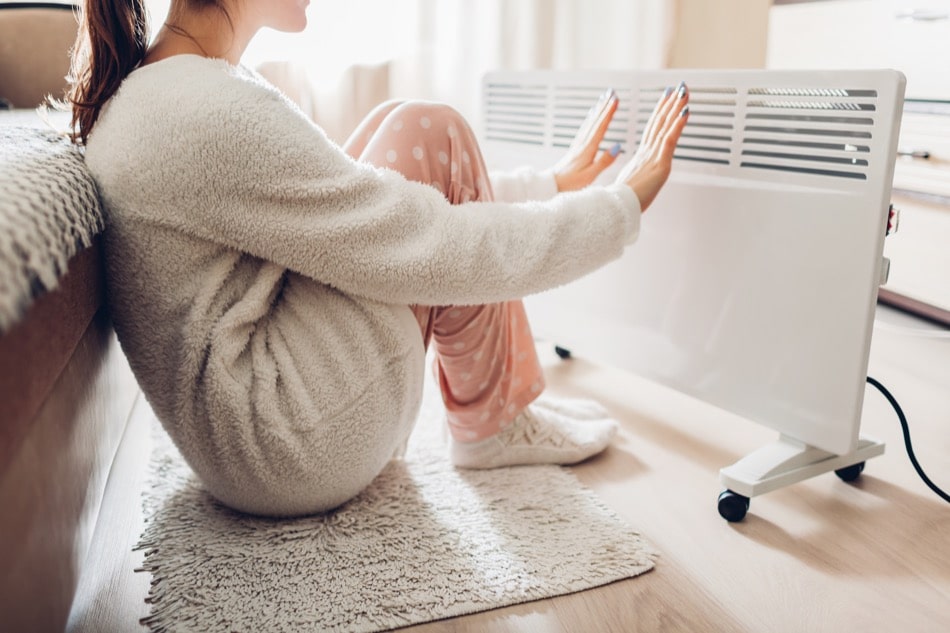
Common Heating Options for Your Home
 When it comes to choosing the central source of heat in the home, owners need to consider more than what they want to pay in heating bills. And if selling your home, a home seller should learn more about the common types of heating and which systems work best for different types of homes.
When it comes to choosing the central source of heat in the home, owners need to consider more than what they want to pay in heating bills. And if selling your home, a home seller should learn more about the common types of heating and which systems work best for different types of homes.
Furnace
This is by the far the most common type of heating system for a home, and most people likely already have an idea of how it works. Electricity, gas, or fuel oil will power the furnace, which will then heat air and blow it into the different rooms of the home. This forced-air system relies on burning fuel to heat the air, a flue pipe to force combustion products to the outside atmosphere, and ducts to carry the air. New furnaces make use of an inducer pipe, which will still force the combustion products out without compromising the efficiency of the furnace. Homeowners can use their gas furnace to cool a home too.
Electric Systems
An electric system is good for homes that are cut off from all gas or oil. While these systems can be customized somewhat, it’s usually a combination of electric baseboard heat and space heaters. The baseboard heating units can be hard-wired, which can make the heating more convenient and efficient.
Homes should have excellent insulation if they need to use electric heating. The price of space heaters and baseboard units will be small, but the costs to run them continuously throughout a season can drastically increase the homeowner’s heating costs. Plus, space heaters require maintenance, or else they can pose a fire hazard.
Geothermal Heating
This system uses pumps and the Earth’s natural temperature to heat and cool the home. Around 30 meters below the ground, the Earth’s temperature is around 60° F, and this is true regardless of the month or time of day. Geothermal heating uses a water solution to absorb the heat from the ground and then circulates it through pumps up and into the home.
Geothermal heating does use some degree of electricity to move and treat the air (if, say, the homeowners want their home to be warmer), but the amount of energy that geothermal heating uses tends to be a fraction of the energy of other systems. Homeowners can also use this system to cool their homes in the same way.
This is a great long-term choice, but the short-term challenges of installation can be off-putting for some owners. It’s also one of the more expensive systems a homeowner can choose (though it’s likely homeowners will eventually recoup their costs through energy savings).
Radiant Heating
This heating system is typically used in older homes and uses heated water to radiate heat through the floorboards. A boiler will send water through tubes before it comes up through a radiator. Like a furnace, boilers are powered by gas, electricity, or propane. These systems are excellent for people who have allergies because the heat comes through without kicking up dust and dirt. They’re also practical choices if a homeowner has flooring that can withstand the heat, like tile, concrete, and stone. However, installation of this system requires removing the floorboards entirely, which may not be recommended for the home. They’re also not recommended for wood flooring because it could lead to floor damage from expansion after exposure.
Rochester MN homeowners should consider what it means to really keep their home at the right temperature for years on end. It’s all too easy to be perpetually uncomfortable if an owner chooses an insufficient system, which can lead to frustration and even resentment of the property. Electrical systems may be easier to install, but a geothermal system will keep bills down without expending excess energy.



